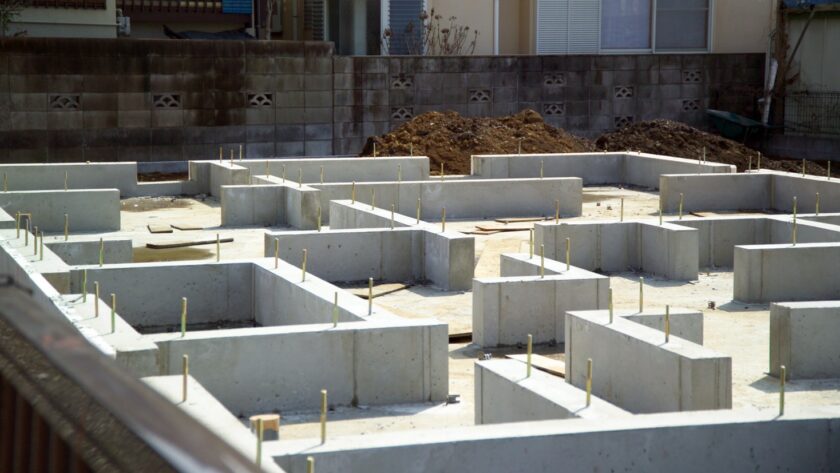When it comes to constructing a building, there is nothing more important than a solid foundation. Without a strong foundation, everything else crumbles. But how exactly do you create a strong foundation? Here are the basics to keep in mind.
Determine the soil type and plan accordingly
When it comes to building structures that will last for years to come, it’s important to take the soil type into consideration from the very beginning. Different soil types have varying levels of stability and strength, which can greatly impact the structural integrity of a building.
By determining the soil type prior to construction, engineers and contractors can plan accordingly to ensure that the building’s foundation is strong and stable. Whether it’s clay, sand, or loam, the type of soil must be carefully analyzed to ensure that the foundation will withstand the weight and stress of the building. By creating a strong foundation, builders can ensure that the structure will be safe, stable, and long-lasting.
Excavate the soil to the proper depth
Excavating the soil to the proper depth is a crucial step in ensuring the stability and integrity of the foundation. In Utah, the type of soil and environmental factors can vary greatly, which makes it even more important to work with a professional contractor who has experience in excavating for a range of building projects.
By excavating to the proper depth, builders can ensure that the foundation has a stable footing and can resist settling or shifting over time. Whether you’re constructing a small residential home or a large commercial building, the excavation process lays the groundwork for a successful and durable project.
Install a footing and pour concrete
One critical component of building a sturdy foundation is installing a footing and pouring concrete. Footings are vital because they distribute the weight of your building across a larger area, helping to prevent the ground from shifting and causing structural damage. Once your footing is in place, pouring a solid concrete base provides further support and stability.
These steps are critical in the construction process and should not be overlooked. Investing in a solid foundation from the outset will help to prevent costly repairs or structural issues down the line. So, if you’re embarking on a construction project, it’s essential to give serious consideration to the installation of footings and concrete pouring.
Choose the right reinforcement for the foundation walls
When it comes to creating strong foundations for buildings, choosing the right reinforcement for the foundation walls is crucial. The foundation is the most important part of the building, and its strength determines the overall stability and durability of the structure.
There are different types of reinforcements available for the foundation walls, such as steel, concrete, and fiber. Each material has its advantages and disadvantages, and it’s important to consider factors such as the site conditions, soil type, and building load when making a decision. By choosing the right reinforcement for the foundation walls, you can ensure that your building has a solid and long-lasting base.
Use high-quality concrete
One of the main components in creating a sturdy base is using high-quality concrete. Not only does it provide the necessary strength to withstand the weight and pressure of the structure, but it also offers excellent durability against environmental factors such as harsh weather conditions and natural disasters. By going the extra mile to use top-grade concrete, builders can rest assured that their hard work will pay off in the long run, providing a solid foundation for the building to stand for years to come.
Ensure proper drainage around the foundation
Water can cause serious damage to the foundation of a building, and failure to ensure adequate drainage can lead to costly repairs and compromises the integrity of the structure. Improperly managed water can lead to soil erosion, cracking on the foundation, and can even cause mold.
By addressing drainage issues early on in the design phase, you can prevent water from pooling around the foundation and mitigate any long-term damage. Ensuring proper drainage around the foundation of your building is a crucial step in creating a strong and durable structure that will stand the test of time.
Inspect and maintain the foundation regularly
It’s not enough to just create a solid foundation and forget about it. Regular inspection and maintenance are necessary to ensure that the foundation remains in top condition and can continue to support the building as it settles over time.
By detecting issues early on, property owners can avoid potentially catastrophic damage and costly repairs down the road. So while the foundation is often hidden from view, it’s important to prioritize its upkeep to ensure the longevity and safety of the entire building.
Following these basics will help ensure a strong foundation and a sturdy building.




